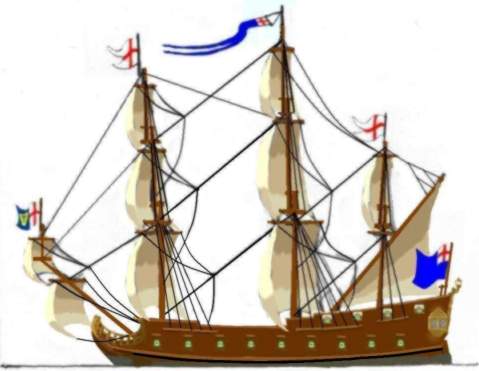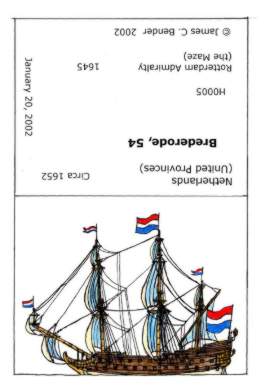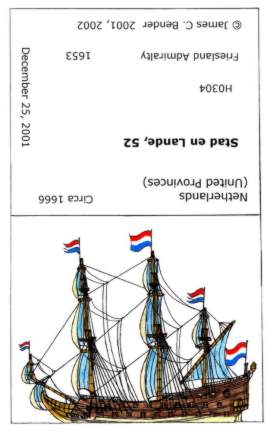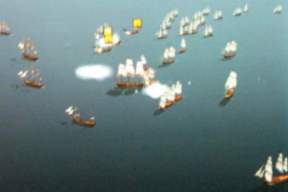I received a package, today, that has some information from Prof. Jan Glete about Swedish ships, circa 1658. The most interesting document is a list of ships and the guns planned for them, from August 1658.
One striking feature about the list is the gun calibers listed. I have not seen, on the Internet, any indication that the Swedes used 14pdr and 10pdr guns. I had seen that noted in Carl Ballhausen's book, where he quoted a book from Johan Levin Carlbom, from almost a 100 years ago. I was skeptical that those guns were correct, but after seeing this document, the credibility of what I saw has soared.
I will be interested to compare this list with what I saw in Dr. Ballhausen's book, to see what differences there are. He lists ships that are not in this list, but others are in both.
Here is what is listed in this August 1658 document for a well-known ship, the Amarant:
4-24pdr, 18-14pdr, 14-6pdr, and 2-3pdr = total of 38 guns
I can see that I will need to compare a list that I can easily read, with this list, as I cannot easily decipher some of the names. Victoria, Samson, and Jacob are easy. I won't even attempt to guess at several of the other ship names.
The document that I am looking at is "List of the armament of ships in the main fleet 28/8/1658, Swedish Riksakivet, volume M 1850.









